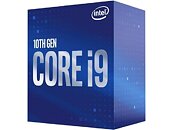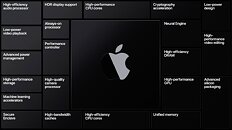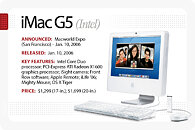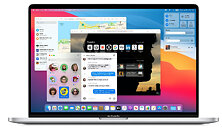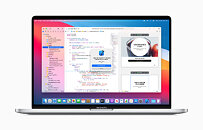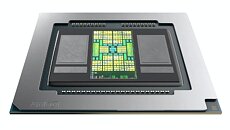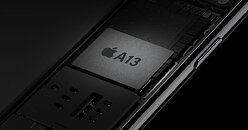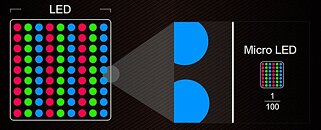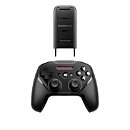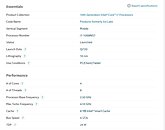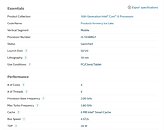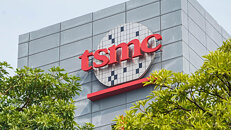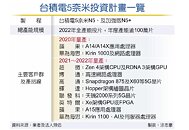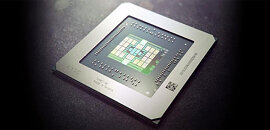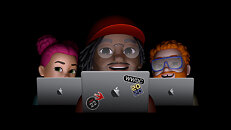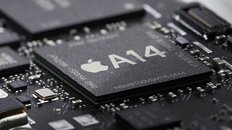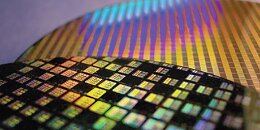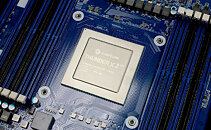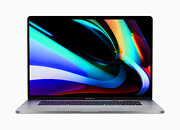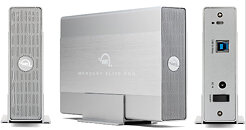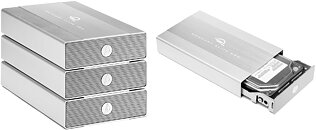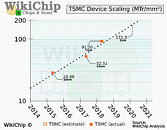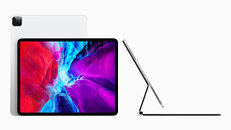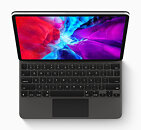
Apple-exclusive Intel Core i9-10910 Rears its Head
Intel is readying an Apple-exclusive Core i9-10910 desktop processor which will feature in an upcoming, unannounced iMac / iMac Pro product, according to a spot by _rogame. The i9-10910 sits between the i9-10900 and the unlocked i9-10900K that's available in the retail market. It has an interesting set of clock speeds. Its nominal clock speeds is significantly higher than the i9-10900, at 3.60 GHz, compared to 2.90 GHz of the i9-10900; however, its max Turbo Boost frequency is lower, at 4.70 GHz, according to Tom's Hardware, compared to 5.00 GHz on the i9-10900. Perhaps 4.70 GHz is the all-core TVB max frequency, a 100 MHz increase over the 4.60 GHz of the i9-10900. Also, its TDP is rated at 95 W (for a locked chip), higher than the 65 W of the i9-10900, but lower than the 125 W of the i9-10900K.
The i9-10910 is a 10-core/20-thread processor, just like the i9-10900, and features 20 MB of shared L3 cache, along with a Gen 9.5 UHD 630 integrated graphics. In related news, the unreleased iMac that was used in this Geekbench run also sports a Radeon RX 5300 discrete graphics solution, featuring 20 RDNA compute units (compared to 24 on the Radeon Pro 5500M), amounting to 1,280 stream processors; up to 1.65 GHz engine clocks, and 4 GB of an unknown memory type. It will be interesting to see if the i9-10910 remains Apple-exclusive after the Ryzen 9 3900XT launches next week.
The i9-10910 is a 10-core/20-thread processor, just like the i9-10900, and features 20 MB of shared L3 cache, along with a Gen 9.5 UHD 630 integrated graphics. In related news, the unreleased iMac that was used in this Geekbench run also sports a Radeon RX 5300 discrete graphics solution, featuring 20 RDNA compute units (compared to 24 on the Radeon Pro 5500M), amounting to 1,280 stream processors; up to 1.65 GHz engine clocks, and 4 GB of an unknown memory type. It will be interesting to see if the i9-10910 remains Apple-exclusive after the Ryzen 9 3900XT launches next week.
